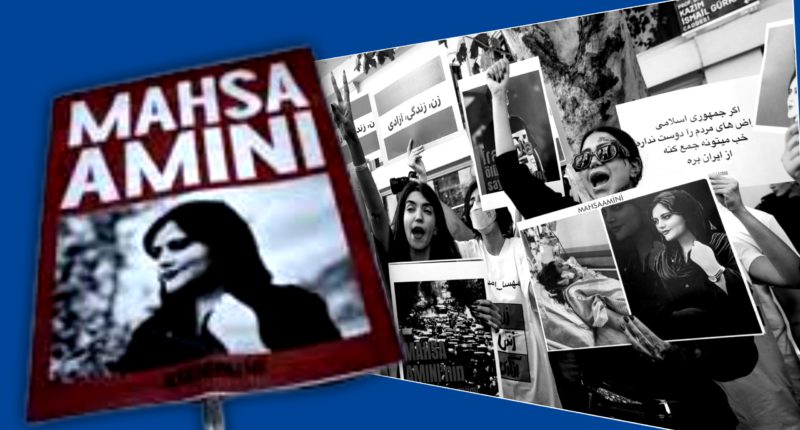On 13th September, Mahsa Amini got into a situation with the Iranian morality police over how she wore her hijab. That encounter led to her death and awakened the Iranians to revolt against years of oppression and subjugation.
The death of Mahsa Amini began the current protests, but the situation of Iran’s economy had already fostered a sense of despair.
What other causes?
The United States imposed crippling sanctions in 2018 after abandoning a nuclear deal with Iran, wreaking havoc on Iranian oil, banking, and other industries. This shrunk the Iranian economy, increased the prices of goods and services, and triggered a sharp decline in living standards. Also, over the last five years, the value of Iran’s currency, the rial, has dropped by about 90% versus the US dollar on the open market exchange rate.
Women who are unemployed: Under the supreme leader’s directions, the government’s pursuit of increased birth rates and focus on women’s roles as stay-at-home mothers has resulted in a considerable fall in the number of women in work.
An oppressive government
Restrictions on internet access in Iran have grown since the first day of protests. According to monitoring organizations such as NetBlocks, mobile internet was entirely blocked down on various days.
Protesters use web tools to send videos of protests to media outlets outside the country, in addition to accessing unfiltered news. Foreign journalists and news agencies are prohibited from reporting the situation
The authorities also restricted access to Instagram and WhatsApp, two of the most popular sites for communication and information dissemination.
Even prior to the current restrictions, internet access in Iran was not free. The government blocks all websites of media organizations that are not editorially controlled by the state.
All around the world
Women all across the world have been cutting their hair to demonstrate their solidarity with the demonstrators, including actress Juliette Binoche. Women throughout the world have also been burning headscarves while chanting “Women, life, freedom” and “No to the headscarf, no to the turban, yes to freedom and equality.” For the first time in over a decade, many Iranians within and outside the nation have banded together to express their desire for liberty.
The rise of a new day
Iran seems to have entered a new season, of freedom, equality, and women’s rights. Despite the deadly crackdown on the rallies, the deaths of more than 200 people, and the incarceration of thousands of others, the protests have continued, and some observers are calling them an uprising.
This is quite like the Nigeria situation that started in October 2020. Young people demanding a change to the status quo. Whether they will succeed against the Islamic republic is a question that will be answered in days to come.

